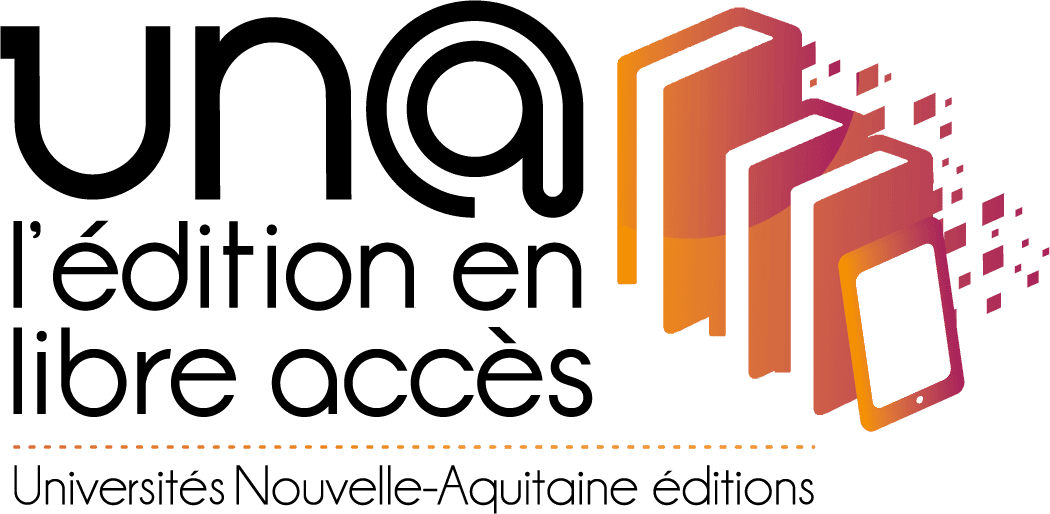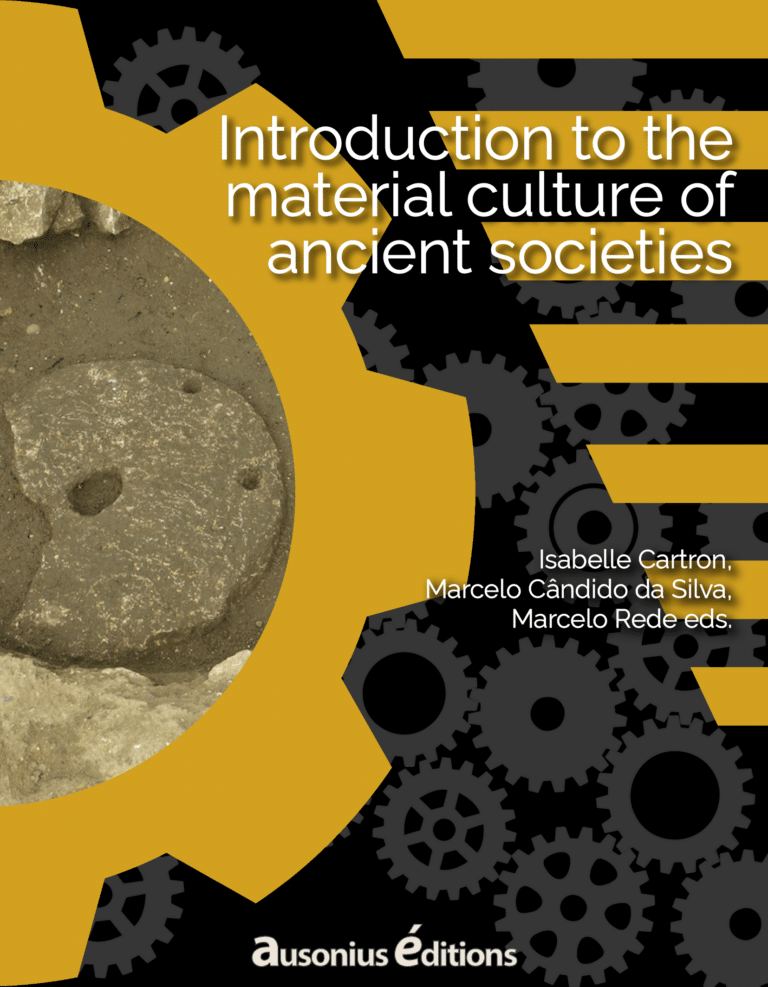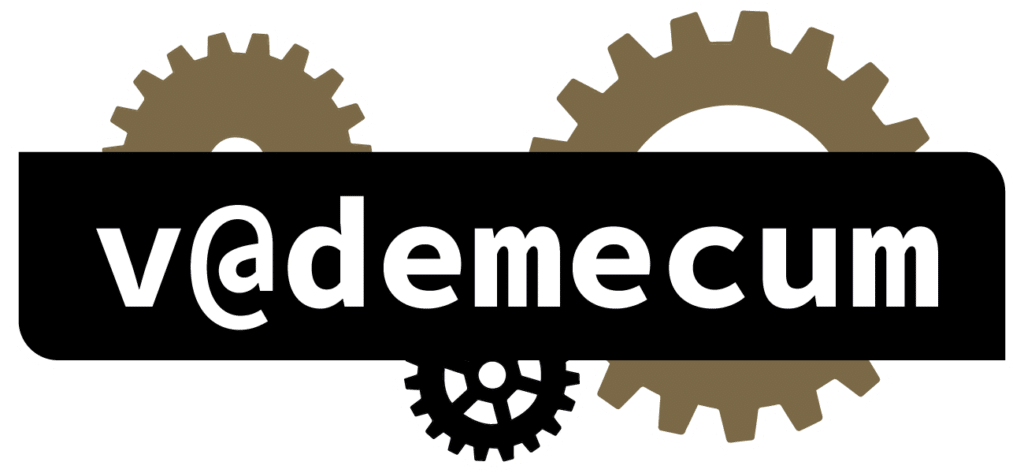The term “production” refers to all processes that leads to the creation of material goods – whether it is a building, a manuscript, clothing, or a tool for example. The scope’s production, which is intrinsically linked to the diffusion of goods (by trading or exchanging systems), is an essential aspect of the material cultures of ancient societies’ approach. It is about reviewing interactions between humans and their environment through strategies that an individual or a group establishes to create something. Therefore, it is a very good starting point of the approach to the societies structure and their mutations, because to produce is an act intrinsically linked to technical evolution. The objects can be interpreted by different aspects such as intellectual, artistical or symbolical depending on its preferred approach perspective, that is why it is a vast field of study. However, thanks to the physical and chemical analyses of the materials, significant progress has been made during the last decades.1
This chapter will focus on the production of objects. The finished product is only the final step of the production. To understand the steps of the creation process, it is necessary to consider all actions that lead to the finished product, from the shaping of the raw material to the skills used to produce the artefact. In order to do that, we usually study the waste from bone working in quantitative special analyses. In a broad way, it is possible to perceive the intentions that guided the shaping of the matter, the choice of materials and tools, and the recipes, just by starting from the technical analysis of the object to satisfy a demand.
Production and technique
Producing in ancient European societies was very different comparing to producing in modern industrial societies because they produce neither with the same methods nor for the same reasons. However, concerning ancient societies, the sources are most often incomplete deficient, and one do not always have texts or iconographic representations to use as a guide. This is why studying the production of pre-industrial societies is a fragmented approach based on assumptions, it is made to avoid projecting simplified – and sometimes – anachronistic representations of proceedings that still retain grey areas, despite the multiplication of sources and studies.
As one studies the way to produce, it is necessary to bear in mind the countless actions carried out upstream on the raw material. But also, the trials and failures that led the establishment a series of effective actions and techniques that eventually led it to create the desired item. For Marcel Mauss, techniques and transmission of knowledge are inseparable:2
In his opinion, techniques are broadly defined as all actions that can be performed in everyday life such as walking, swimming, or falling asleep. These techniques, which are part of crucial dynamics, are marked by the social context in which they are set up. They also mark the production of objects, as is shown with the example of the technical characteristics of bodywork, quoted by Mauss.
The anthropologist and prehistorian André Leroi-Gourhan, a former student of Marcel Mauss, continued this study and did leave his mark on the French research by working on the classification of human techniques which was analysed under the scope of the social context.3 He developed the concept of the “Chaîne Opératoire” (“operational process”) for ancient societies, which refers to the step-by-step of the item’s creation process.4 This fundamental publication sets the descriptive vocabulary used to describe all production processes. It also highlights the inherent questions about the participants involved in the “Chaîne opératoire”: who extracts the raw material? Who produces the shaping, and how they do it? For what purpose is the object produced? Is it to fulfil a need within a familiar group, the community, and beyond it. Is it possible to perceive an evolution in the forms, in the efficiency or the functionality of the objects? The beginning starts with the analysis of the producing study’s artefact and, more globally, of the society which produced it: since production, technics and social context are intimately associated.
References
- Dillmann, P., L’Héritier, M., Disser, A., Leroy, S., Vega, E., 2020: « Produire, échanger, utiliser les métaux ferreux au Moyen Âge : nouveaux éclairages interdisciplinaires », in: Heningfeld, Y., Husi, P., Ravoire, F. (dir.), L’objet au Moyen Âge et à l’époque moderne. Fabriquer, échanger, consommer et recycler, Caen, p. 197-210.
- Leroi-Gourhan, A., 1964: Le geste et la parole, I-II, Paris.
- Leroi-Gourhan, A., [1945] 2000: Milieu et technique, Paris.
- Mauss, M. [1950] 1989: Sociologie et Anthropologie, Paris.



